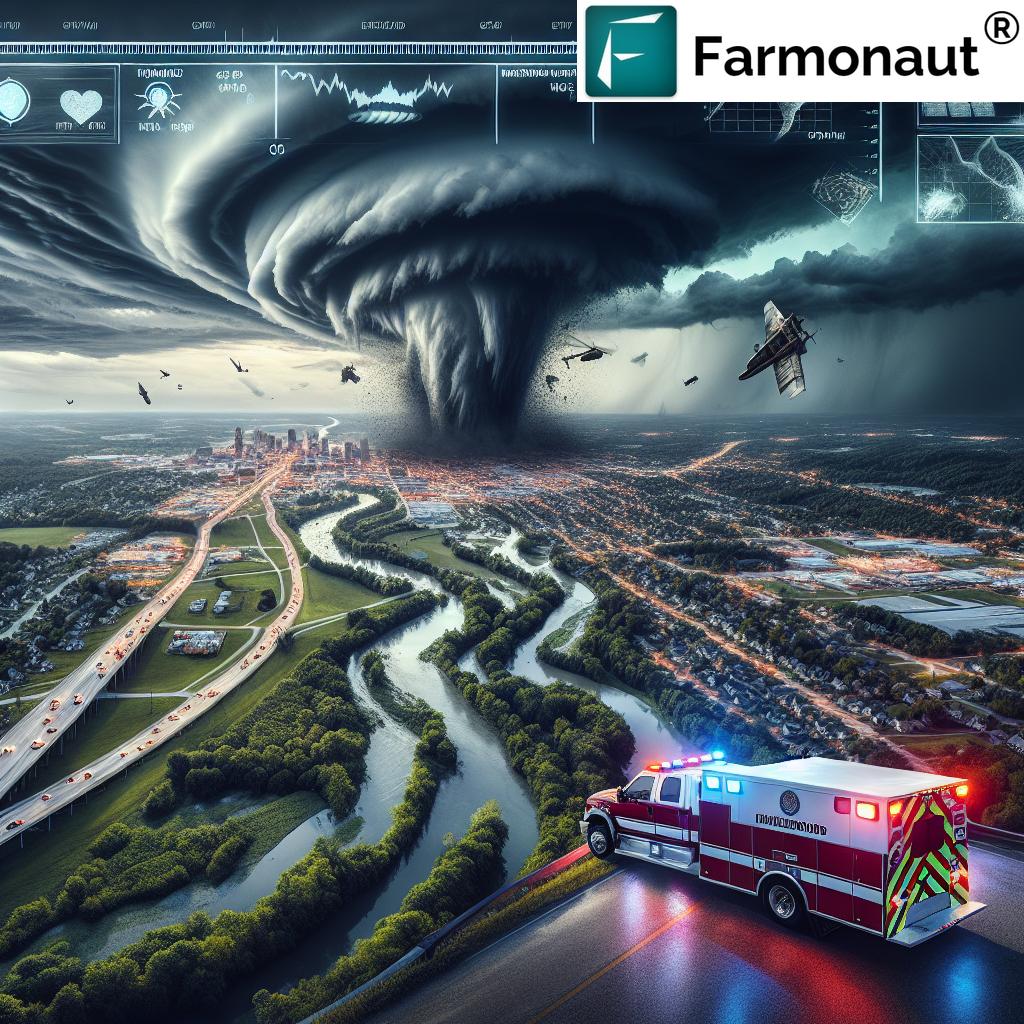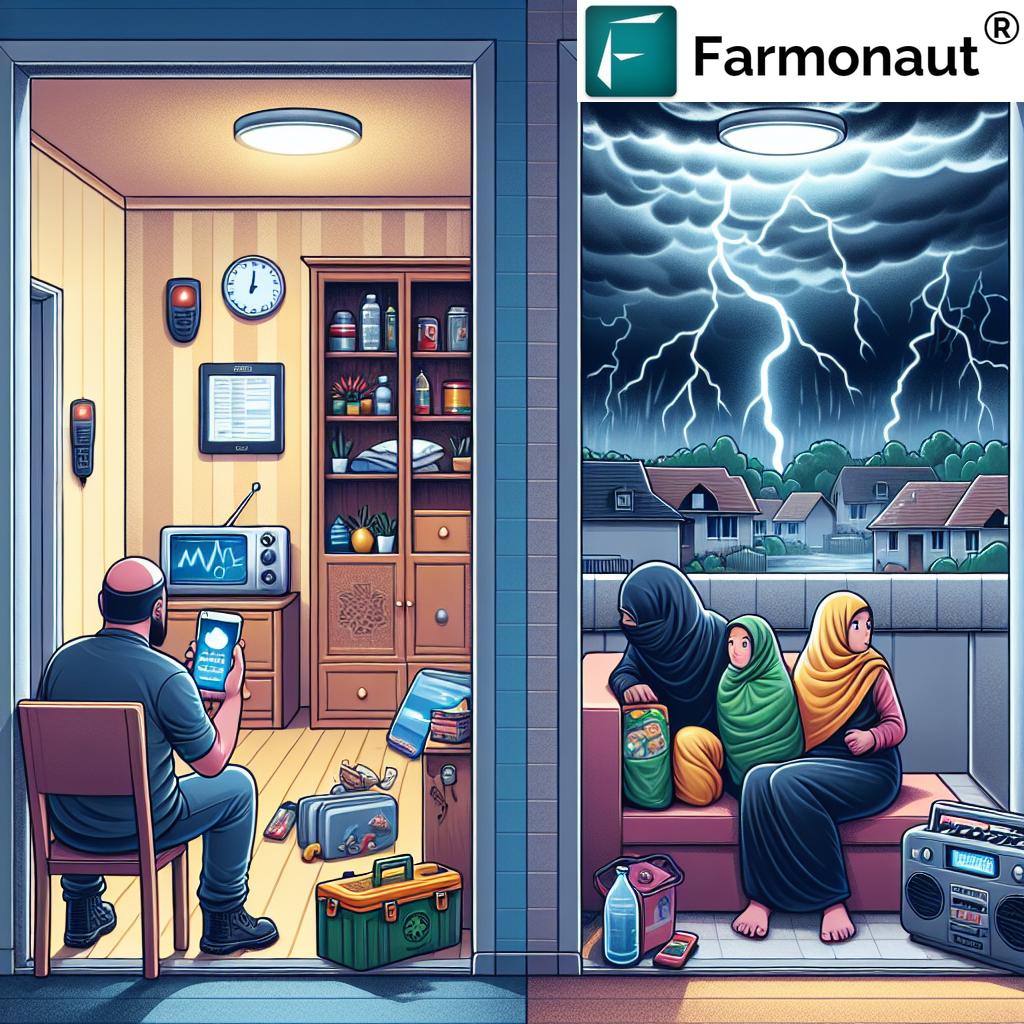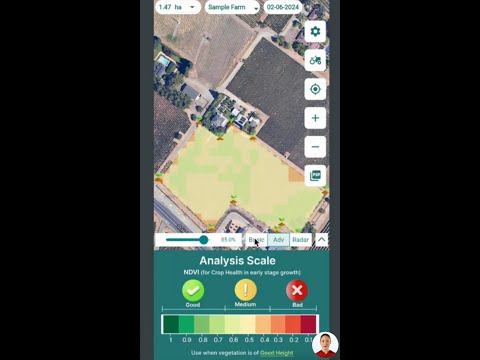Essential Storm Safety Tips: Kentucky’s Guide to Severe Weather Preparedness
“Kentucky emergency management crews test outdoor warning sirens regularly, but recommend using at least 3 different alert systems for storm safety.”
As residents of the Bluegrass State, we’re no strangers to the unpredictable nature of severe weather. From thunderstorms to tornadoes, Kentucky faces a variety of weather-related challenges throughout the year. That’s why we’ve put together this comprehensive guide to severe weather preparedness, focusing on essential storm safety tips that every Kentuckian should know.
In light of recent forecasts indicating potential strong storms across Kentucky counties, it’s crucial that we stay informed and prepared. Emergency management crews are on high alert, and it’s time for us to do our part in ensuring the safety of our communities.
Understanding the Threats: Kentucky’s Severe Weather Landscape
Before we dive into specific safety measures, let’s take a moment to understand the types of severe weather we commonly face in Kentucky:
- Thunderstorms: Often bringing heavy rain, lightning, and strong winds
- Tornadoes: Particularly dangerous due to their destructive power and often short warning times
- Flash Floods: Can occur rapidly, especially in areas with saturated soil
- Hail: Capable of causing significant damage to property and crops
- Straight-line Winds: Can be as destructive as tornadoes in some cases
With the current weekend forecast warning of potential damaging winds, large hail, and isolated tornadoes, it’s clear that we need to be especially vigilant.
The Importance of Multiple Alert Systems
One of the key messages from Warren County EMA Deputy Director Travis Puckett is the importance of not relying solely on outdoor warning sirens. While these sirens are regularly tested and play a crucial role in our emergency alert system, they have limitations.
“We solely don’t want people to listen to the outdoor warning sirens. We always encourage more than two ways to receive alerts, whether that be your favorite weather app, on TV, or a weather radio,” Puckett emphasized.
Here are some recommended alert systems to consider:
- Weather Apps: Many smartphone apps provide real-time weather alerts
- TV and Radio: Local news stations often provide up-to-the-minute severe weather coverage
- Weather Radios: These specialized devices can provide alerts even when other systems fail
- Emergency Alert System (EAS): This national public warning system can interrupt broadcasts with important information
- Social Media: Follow local emergency management and weather service accounts for updates
By utilizing multiple alert systems, we increase our chances of receiving timely warnings and can better prepare for approaching severe weather.
Tornado Watch vs. Warning: Understanding the Difference
One crucial aspect of storm safety is understanding the difference between a tornado watch and a tornado warning. This knowledge can help you take appropriate action at the right time.
| Aspect | Tornado Watch | Tornado Warning |
|---|---|---|
| Definition | Conditions are favorable for tornado formation | A tornado has been sighted or indicated by weather radar |
| Typical Duration | 4-8 hours | 30-60 minutes |
| Recommended Actions | Stay alert, review emergency plans, prepare to take shelter | Take immediate shelter in a safe location |
| Issuing Authority | Storm Prediction Center (SPC) | Local National Weather Service (NWS) office |
| Severity Level | Moderate – Be prepared | High – Take action immediately |
| Geographic Coverage | Typically covers a large area (multiple counties) | Usually targets a smaller, more specific area |
Understanding these differences can help you respond appropriately to severe weather alerts and take necessary precautions to ensure your safety.
Preparing Your Home for Severe Weather
As we face the potential for strong storms, it’s essential to take steps to protect our homes and property. Here are some key measures to consider:
- Secure outdoor items: Bring in or tie down furniture, toys, and other objects that could become projectiles in high winds
- Trim trees: Remove dead or weak branches that could fall during a storm
- Clear gutters and drains: Ensure proper water drainage to prevent flooding
- Install storm shutters: Protect windows from flying debris
- Reinforce garage doors: These are often vulnerable to wind damage
- Check your roof: Repair any loose shingles or tiles
- Create a safe room: Designate an interior room on the lowest floor as a shelter
Taking these precautions can significantly reduce the risk of damage to your home during severe weather events.
The Threat of High Winds and Saturated Soil
“Weekend forecast for Kentucky warns of winds strong enough to topple trees due to saturated soil from previous storms.”
Barren County EMA Director Garland Gilliam highlights a particular concern for our current weather situation: the combination of high winds and saturated soil. “We already have trees that are cracked and broken from the last storm, so we are looking for more trees to fall. When that happens in the creeks and waterways, it washes up to your bridges and causes more damage,” Gilliam explained.
This situation creates several potential hazards:
- Increased risk of falling trees and branches
- Potential for flooding as debris clogs waterways
- Damage to bridges and other infrastructure
- Soil erosion and landslides in hilly areas
To mitigate these risks, consider taking the following precautions:
- Avoid parking vehicles under trees during severe weather
- Stay away from creeks and rivers that may flood quickly
- Report any fallen trees or debris blocking roads to local authorities
- Be prepared for power outages caused by falling trees or branches
Utilizing Storm Shelters: When and How
For those who don’t have a safe space in their homes, community storm shelters can be a lifesaver during severe weather. However, it’s crucial to know the location of these shelters and plan to use them well in advance of a storm.
Warren County EMA Deputy Director Travis Puckett emphasizes this point: “We want people to be to the shelters way before a warning is issued. That’s why we open them up so early as soon as a watch is issued to give people peace of mind that there is a safe place to go if they feel unsafe in their home.”
Here are some tips for using storm shelters effectively:
- Locate your nearest community storm shelter before severe weather strikes
- Plan your route to the shelter and practice it with your family
- Prepare an emergency kit to take with you to the shelter
- Leave for the shelter as soon as a watch is issued, don’t wait for a warning
- Follow all instructions given by shelter staff or emergency management personnel
Remember, the key to effective use of storm shelters is early action. Don’t wait until the last minute to seek shelter.
Creating an Emergency Kit
An essential part of severe weather preparedness is having a well-stocked emergency kit. This kit should contain everything you and your family might need for at least 72 hours. Here’s a list of items to include:
- Water (one gallon per person per day)
- Non-perishable food
- Battery-powered or hand-crank radio
- Flashlight and extra batteries
- First aid kit
- Whistle to signal for help
- Dust masks, plastic sheeting, and duct tape for shelter
- Moist towelettes, garbage bags, and plastic ties for personal sanitation
- Wrench or pliers to turn off utilities
- Manual can opener
- Local maps
- Cell phone with chargers and backup battery
Remember to customize your kit based on your family’s specific needs, including medications, infant formula, or pet supplies if necessary.
Staying Informed: The Role of Technology in Storm Safety
In today’s digital age, technology plays a crucial role in keeping us informed and safe during severe weather events. Here are some ways you can leverage technology for storm safety:
- Weather Apps: Download reliable weather apps that provide real-time alerts and radar information
- Social Media: Follow local meteorologists, emergency management agencies, and news outlets on platforms like Twitter and Facebook
- Wireless Emergency Alerts (WEA): Ensure these are enabled on your smartphone
- NOAA Weather Radio: Consider investing in a battery-powered or hand-crank weather radio
- Online Resources: Bookmark websites of local emergency management agencies and the National Weather Service
While technology is incredibly helpful, it’s important to have backup plans in case of power outages or network disruptions. This is where traditional methods like battery-powered radios become invaluable.
Community Preparedness: We’re All in This Together
Storm safety isn’t just about individual preparedness; it’s about coming together as a community to ensure everyone’s safety. Here are some ways we can support each other:
- Check on elderly neighbors or those with mobility issues
- Share information about storm shelters and evacuation routes
- Participate in community emergency preparedness drills
- Volunteer with local emergency response organizations
- Share reliable weather information and safety tips on social media
By working together, we can create a more resilient community that’s better prepared to face severe weather challenges.
After the Storm: Safety and Recovery
Once the immediate danger has passed, it’s important to remain cautious and follow these safety guidelines:
- Stay informed through official channels about when it’s safe to return home
- Be aware of potential hazards like downed power lines, damaged buildings, or flooded areas
- Use caution when entering buildings and check for structural damage
- Avoid using candles for lighting due to the risk of fire
- Document any damage for insurance purposes
- Begin clean-up efforts carefully, wearing protective gear if necessary
- Help neighbors if it’s safe to do so
Remember, recovery is often a community effort. Reach out to local authorities or volunteer organizations if you need assistance or want to help others.
The Role of Technology in Agriculture During Severe Weather
For our farming communities, severe weather poses unique challenges. However, advancements in agricultural technology are providing new tools to help farmers prepare for and mitigate the impacts of storms. One such tool is Farmonaut, a satellite-based farm management solution that offers valuable insights for weather preparedness.
Farmonaut’s platform provides real-time crop health monitoring and weather forecasting, which can be crucial for farmers facing severe weather threats. By leveraging satellite imagery and AI-driven analytics, farmers can make informed decisions about crop protection, irrigation, and resource management in the face of approaching storms.
Here are some ways Farmonaut’s technology can assist farmers during severe weather events:
- Providing advanced weather forecasts to help plan for potential storms
- Monitoring soil moisture levels to assess flood risks
- Tracking crop health to identify areas that may be more vulnerable to storm damage
- Offering AI-based advisory for crop protection strategies during severe weather
While Farmonaut is not directly involved in emergency management or storm response, its technology can play a valuable role in helping farmers prepare for and recover from severe weather events.
For more information on how Farmonaut can assist with agricultural weather preparedness, visit their website or check out their mobile apps:
Frequently Asked Questions
Q: How can I stay informed about severe weather in my area?
A: Use multiple alert systems including weather apps, TV, radio, and NOAA weather radio. Follow local emergency management agencies on social media for updates.
Q: What should I do if a tornado warning is issued?
A: Immediately seek shelter in a basement or an interior room on the lowest floor of a sturdy building. Stay away from windows and exterior walls.
Q: How can I prepare my home for severe storms?
A: Secure outdoor items, trim trees, clear gutters, and consider installing storm shutters. Create an emergency kit and designate a safe room in your home.
Q: Where can I find information about local storm shelters?
A: Contact your local emergency management agency or visit their website for information on community storm shelters in your area.
Q: What should I do after a severe storm has passed?
A: Stay informed through official channels, be cautious of potential hazards like downed power lines, and only return home when authorities declare it’s safe to do so.
Conclusion: Staying Safe Through Preparedness
As we face the potential for severe weather in Kentucky, it’s crucial that we remain vigilant and prepared. By understanding the risks, staying informed through multiple alert systems, and taking proactive steps to protect ourselves and our communities, we can significantly reduce the impact of severe storms.
Remember, severe weather preparedness is an ongoing process. Regularly review and update your emergency plans, check your emergency kits, and stay informed about the latest weather safety recommendations. By working together and staying prepared, we can ensure that Kentucky remains resilient in the face of severe weather challenges.
Stay safe, Kentucky!
Earn With Farmonaut: Affiliate Program
Earn 20% recurring commission with Farmonaut’s affiliate program by sharing your promo code and helping farmers save 10%. Onboard 10 Elite farmers monthly to earn a minimum of $148,000 annually—start now and grow your income!
Additional Resources
- Farmonaut API – Access satellite and weather data for agricultural applications
- API Developer Docs – Comprehensive documentation for integrating Farmonaut’s API
- National Weather Service Thunderstorm Safety
- Ready.gov Tornado Preparedness
- American Red Cross Tornado Safety
By staying informed, prepared, and connected, we can all contribute to a safer Kentucky during severe weather events. Remember, your safety and the safety of your community are paramount. Stay vigilant, stay prepared, and stay safe!









